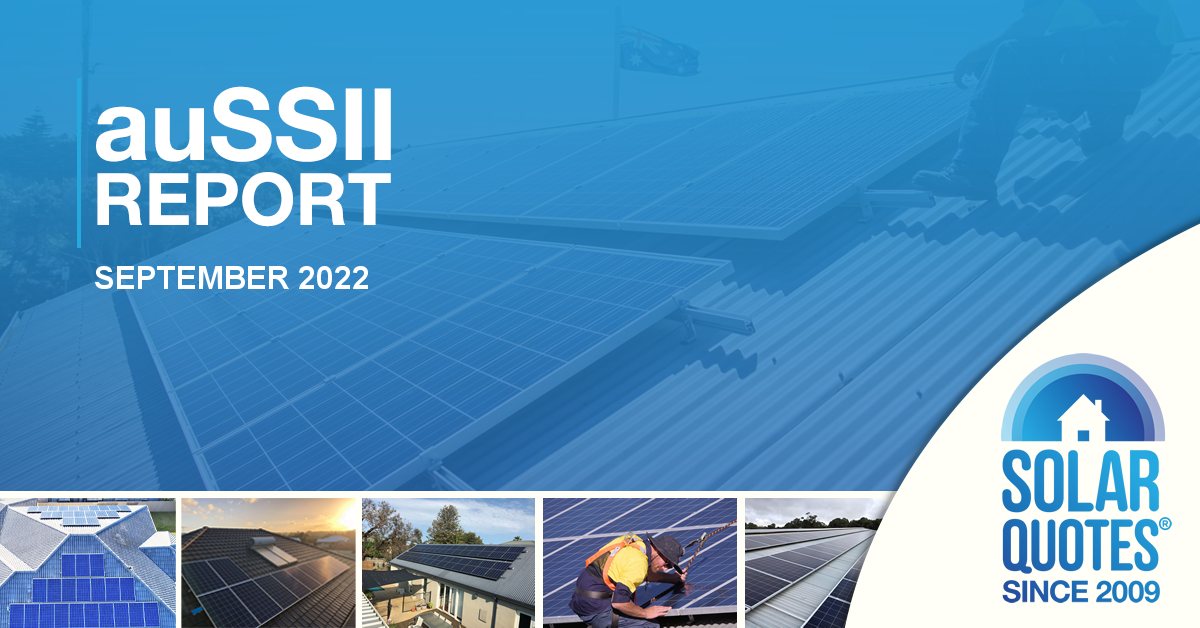
What’s the proportion of Australians considering buying a solar power system with cash vs. finance? Discover this and a whole lot more in the latest auSSII report.
Solar System Size Selection
When presented with capacity options of 3-5 kW, 5-10 kW, 10-15 kW, 15-20 kW, 20+ kW and “Fill Roof” on the SolarQuotes quote form and a selection was made, 76% of Australians using our service in August selected the 5 – 10kW range, down a little on June and July. The “Fill Roof” option remained steady at approximately 12%.
If you’re unsure about system sizing, check out SolarQuotes Founder Finn’s advice on how much solar power you need.
Purchase Timeframe
Again in August, 22% were keen on buying a solar power system immediately, while 31% were considering a purchase within 4 weeks – up a tad on July’s 30%
Interest in purchasing a system immediately may pick up in the months ahead as electricity price rises – both already announced and increases to come – start to hit home. A reduction in the solar rebate, which can knock thousands off the up-front costs of installing a system, is also on the horizon. This incentive is gradually reduced in January of each year and is based on installation date rather than purchase date.
Quality Vs. Price
Just over 11% of solar shoppers wanted a high-end system in August (same as July). 81% were interested in a a system offering a good balance of price and quality, and the remainder a good budget system.
Cash Or Finance?
Even with subsidies and incentives, it can be a challenge to find the cash to install solar panels. In August, 41% of those using the SQ service indicated they would be cash buyers, 9% wanted a system on finance (monthly payments) and the remainder wished to be presented with options for both.
Financing a solar system is pretty easy these days, but there are pitfalls for the unwary – particularly where Buy Now, Pay Later (BNPL) is involved. Learn more about the tricks and traps of BNPL solar.
Australian Solar Price Index
How much are Australians paying for solar power systems currently? Find out using the SolarQuotes Australian Solar Price Index, which updates in real-time as we receive new installer reviews with pricing information. We’ll post a summary report on system pricing in August here on the blog towards the end of September when we have more data to work with.
Microinverters And Optimisers
The use of microinverters and optimisers (aka Panel Level Optimisation) is an option that can offer benefits including panel level monitoring. These devices can be particularly handy where partial shading of a rooftop is a challenge, or where there are multiple roof faces with different orientations.
Approximately 18% of quote requests last month requested information on microinverter/optimiser options.
Consumption Monitoring Interest
An option all prospective solar owners should consider is advanced (consumption) monitoring. While it can add a few hundred dollars to the cost of a system, it will reveal not only how much electricity a solar power system is generating, but how much is being consumed in the home from solar energy generation vs. mains supply – and when. Advanced solar monitoring can also act as an early warning system if something’s not quite right, potentially avoiding more serious issues in the future.
Close to 36% of solar shoppers were interested in consumption monitoring in August; up on July’s 34%.
Battery-Ready Systems
While practically all solar power systems are battery-ready through either AC or DC coupling, it’s handy for installers to understand future intentions and incorporate these into system recommendations and design. In August, around 5.5% indicated they wanted a battery-ready system, a proportion that has changed little throughout the history of the auSSII report.
Concurrent Solar + Battery Install
Interest in having a home battery installed at the same time as solar panels dropped back to just under 20% in August (22% in July and June).
Home energy storage is a big investment. Read Finn’s “101” battery guides to understanding, buying and owning a solar battery to learn everything you should know about home batteries in 2022.
Primary Battery Use
For those intending having a battery added as part of their solar installation; the main applications noted were:
- Backup: 6.5% (5% in July)
- Minimising grid electricity use: 37.5% (around the same as July)
- Both purposes: 56% (58% in July)
Power Bills Pre-Panels
Close to 50% of Australians reported paying $500 to $1,000 a quarter for mains electricity in August, up from July’s 47%. Just over 12% said they were paying more than $1,000 a quarter.
Recent electricity price rises are starting to bite – and the bad news is more power price increases are likely for many Australians in 2023. The good news is solar power can buffer against these and future price hikes.
About The auSSII Report
Each month, thousands of Australians get up to 3 quotes each via SolarQuotes from installers Finn has personally pre-vetted and trusts. The auSSII report is based on information supplied in these quote requests.
Access Eager Solar Buyers
Just like the information we provide, when comes to sales leads SolarQuotes’ focus has always been on quality. And it’s this approach that has also resulted in quantity. Find out what it takes for a business to start receiving leads from eager Australian solar buyers via the SQ service
Republishing auSSII Content
Using content from auSSII reports in your publication is permitted, but please ensure SolarQuotes is attributed as the source – and link to the page the content is drawn from.

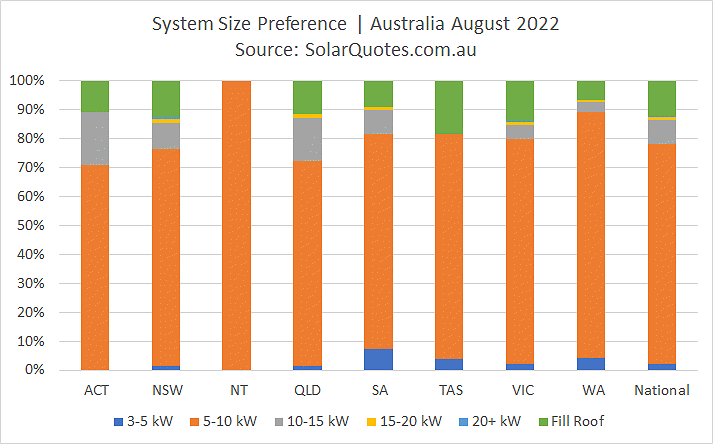
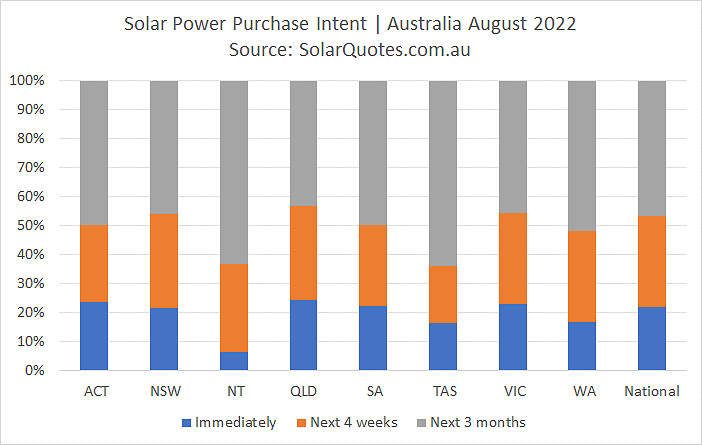
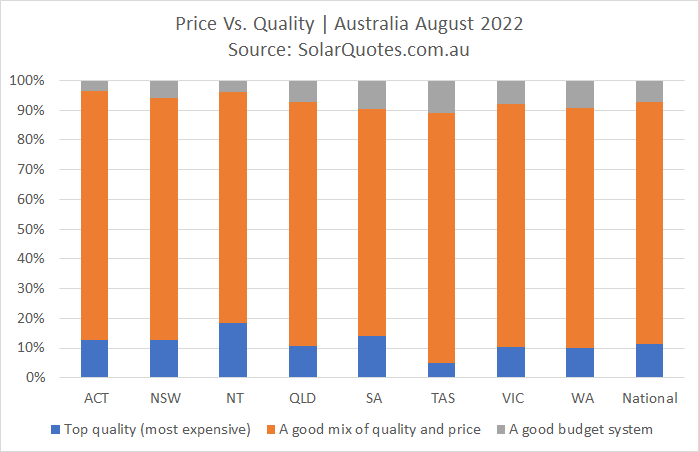
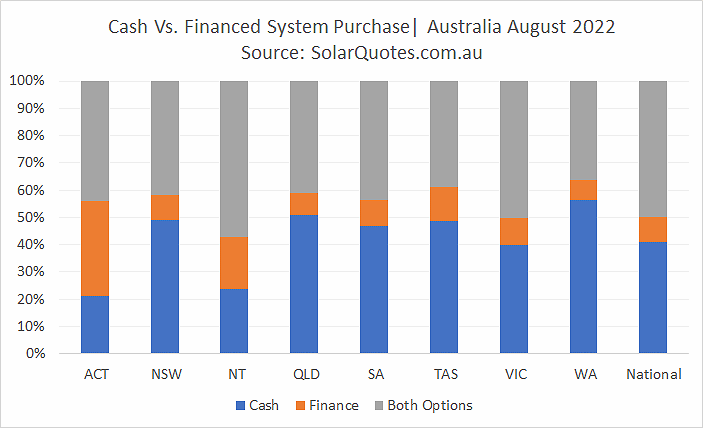
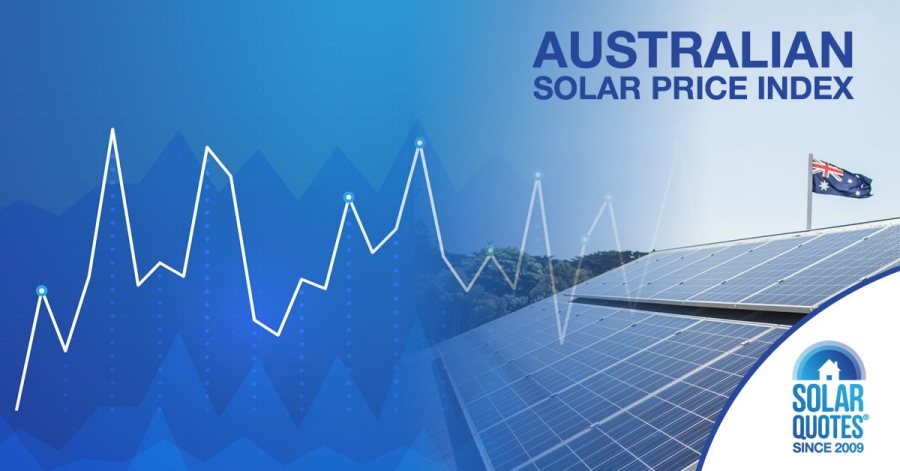
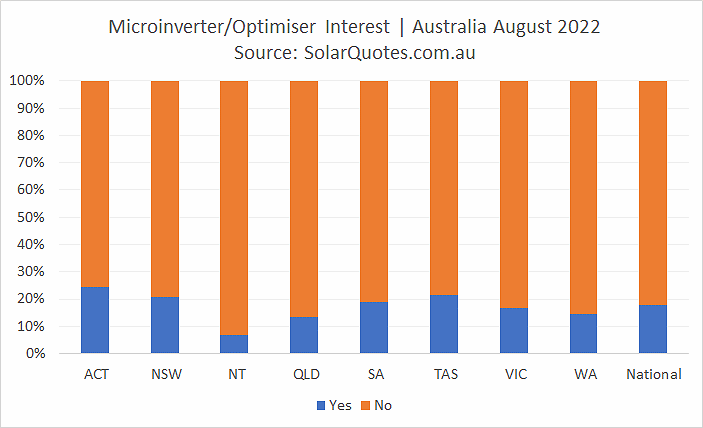
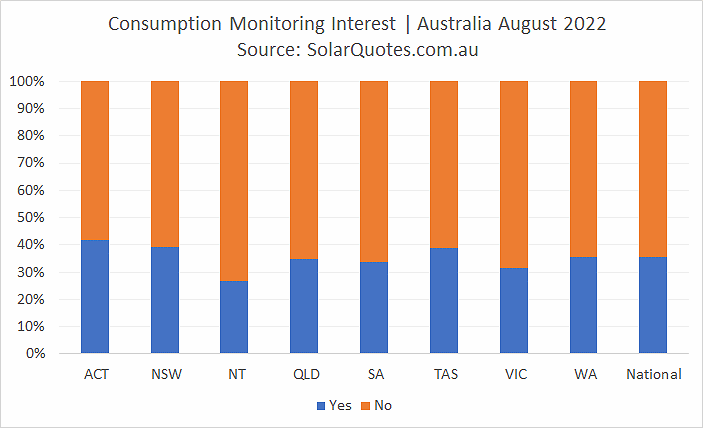
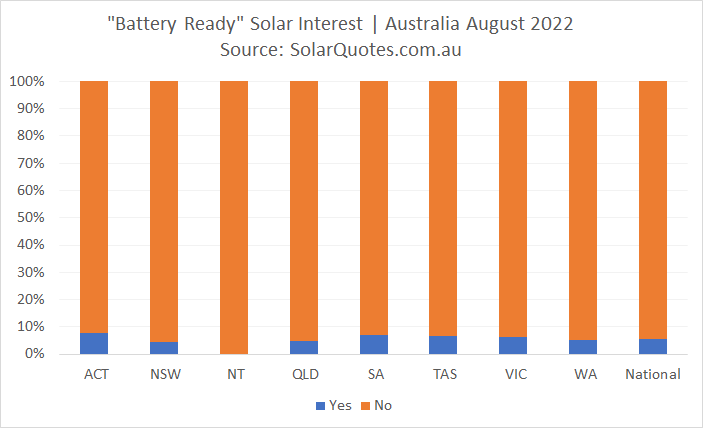
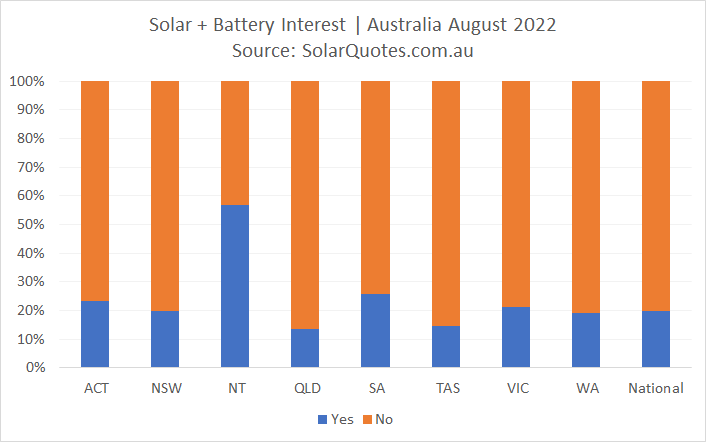
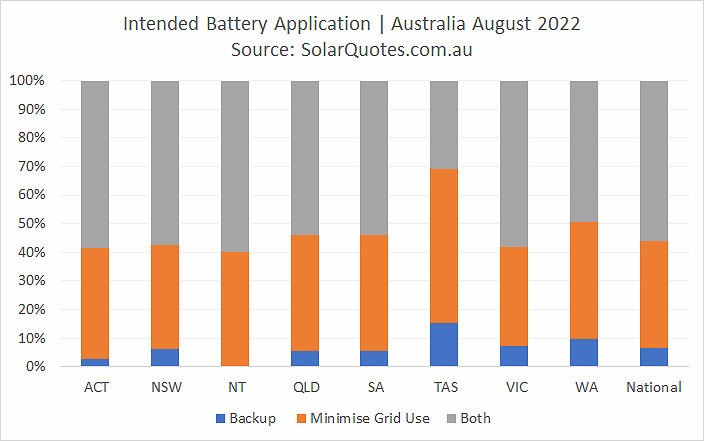
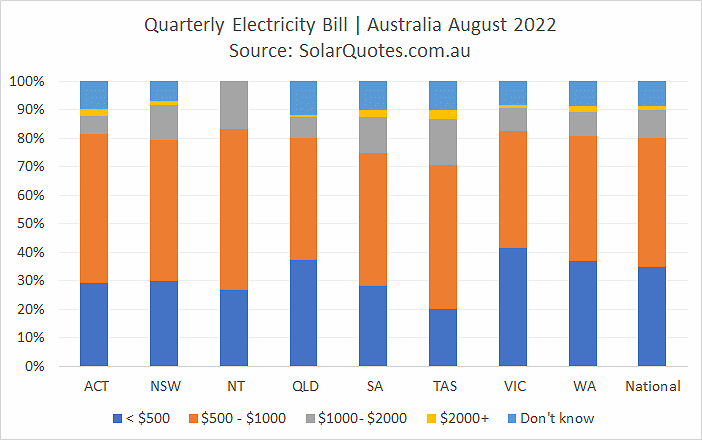
 RSS - Posts
RSS - Posts



How does interest compare to previous months/quarters in absolute terms? The percentages are interesting of course, but is interest in solar rising, falling, or staying the same?